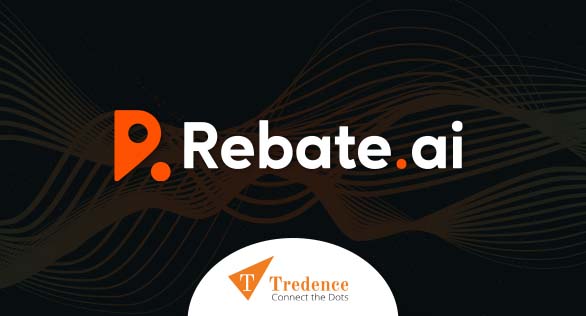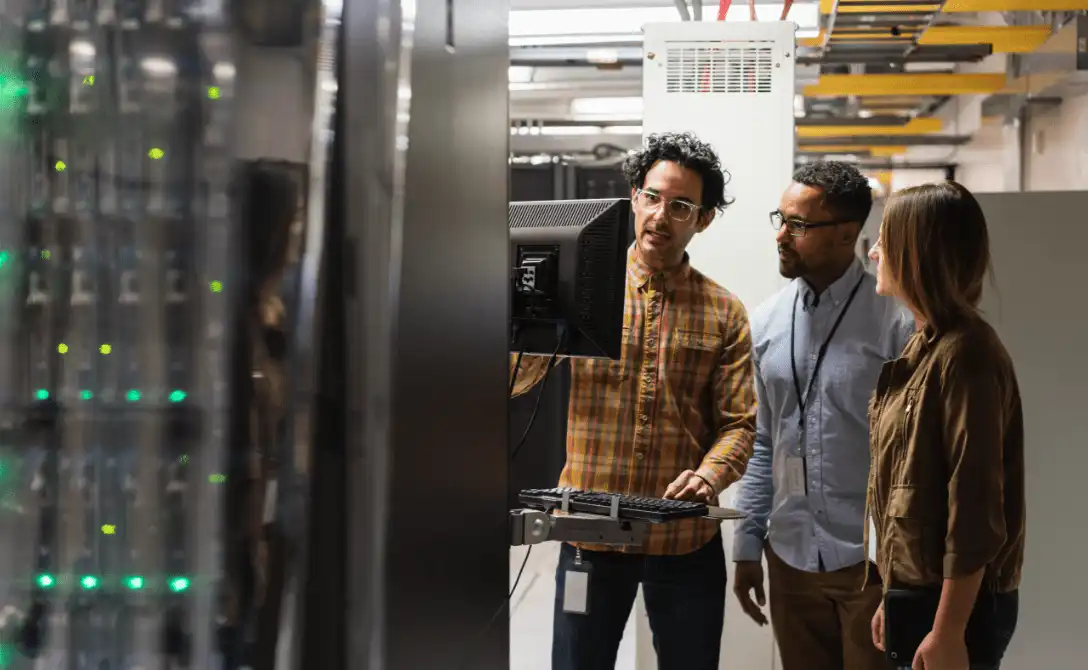
In today’s enterprise world, data fuels every decision. However, for every organization, challenge starts with designing and building efficient, scalable and adaptable ingestion platform that can cater its current and future requirements. Google Cloud offers an advanced suite of services—DataProc, DataFlow, and Data Fusion—to meet these complex data ingestion challenges. However, organizations often struggle to identify the optimal service for their specific needs. It's common for teams to default to familiar options, such as Google Cloud DataFlow, even when DataProc or Data Fusion might be a more precise and efficient fit or vice versa.
This blog intends to clarify Google Cloud’s core data services by detailing their strategic applications, differentiating features, and typical use cases. The goal is to empower data teams to make informed decisions and select the right tool to maximize data value.
Google Cloud DataProc: Enterprise-Grade Managed Analytics with Apache Spark and Hadoop
Overview:
Google Cloud DataProc is a fully managed, scalable service for Apache Spark, Hadoop, Presto, and other open-source distributed processing frameworks. It simplifies cluster management, allowing data professionals to focus on analytics and development.
Strategic Applications & Key Differentiators:
- Managed/Serverless Spark-based Clusters: A scalable environment for Spark jobs with minimal operational overhead.
- Optimized for Batch & Hybrid Ingestion: Supports both batch processing and real-time streaming via Spark Streaming. Seamless Enterprise Orchestration: Integrates with Cloud Composer for automated, consistent data workflows. Intelligent Auto Scaling: Dynamically adjusts resources for performance and cost control.
- Native AI/ML Integration: Deep integration with Spark ML and Vertex AI/AutoML enables building and deploying sophisticated machine learning models within data pipelines.
- Efficient Resource Management: Leverages Hadoop/YARN for resource allocation. Optimizations for Spark RDD enhance caching and partitioning, boosting performance for iterative workloads.
- Comprehensive Audit Logging & Monitoring: Built-in integration with Cloud Logging and Monitoring ensures visibility and alert.
Typical Enterprise Use Cases:
- Large-Scale ETL/ELT: Transforming raw, voluminous datasets for data warehousing or data lakes.
- Batch Analytics: Processing historical data, logs, and sensor readings for trend analysis and business intelligence.
- Ad-hoc Data Exploration: Facilitating interactive data exploration on massive datasets for data scientists.
- Machine Learning Model Training: Providing the computational backbone for training complex ML models.
Google Cloud DataFlow: Unified and Scalable Stream & Batch Processing
Overview:
Google Cloud DataFlow is a fully managed, serverless service for executing Apache Beam pipelines. It offers a unified programming model that handles both batch and real-time streaming data, abstracting underlying infrastructure for operational simplicity.
Strategic Applications & Key Differentiators:
- Serverless Apache Beam Execution: Operates on a serverless paradigm, eliminating the need for VM management. Resources are automatically provisioned and scaled based on demand, leading to efficiency and cost savings.
- Unified Model for Stream & Batch: DataFlow excels in low-latency stream processing and delivers robust performance for high-throughput batch operations.
- Robust Enterprise Orchestration: Integrates with tools like Cloud Composer for seamless embedding of pipelines within broader data management ecosystems.
- Elastic Scalability: Its serverless architecture provides automatic scalability, ensuring pipelines dynamically adapt to varying data volumes.
- Advanced AI/ML Integration: Integration with Vertex AI/AutoML enables advanced data transformations and real-time inferencing within data streams.
- Optimized Performance: Dynamically allocates workers, incorporating native optimizations like DataFlow Shuffle for efficient data grouping and caching, enhancing pipeline throughput.
- Integrated Monitoring & Diagnostics: Comprehensive logging and monitoring provide detailed insights into pipeline performance and health for proactive problem identification.
Typical Enterprise Use Cases:
- Real-time Analytics: Processing event streams from IoT devices, web analytics, and financial transactions for immediate insights.
- Continuous ETL: Implementing always-on data pipelines for real-time data ingestion and transformation.
- Fraud Detection: Analyzing streaming data in real-time to identify suspicious activities.
- Real-time Personalization: Powering dynamic user experiences based on immediate behavioral data.
Google Cloud Data Fusion: Accelerating Data Integration with a Visual, No-Code Platform
Overview:
Google Cloud Data Fusion is a fully managed, cloud-native data integration service built on open-source CDAP. It provides an intuitive, visual interface for designing and managing complex data pipelines, democratizing data integration capabilities.
Strategic Applications & Key Differentiators:
- CDAP-based No-Code/Low-Code ETL: Offers a powerful visual environment for batch and streaming ETL, drastically reducing coding needs. This accelerates development and lowers the barrier to entry.
- Versatile Ingestion Capabilities: Supports both batch and streaming data ingestion, providing comprehensive coverage for diverse integration patterns.
- Streamlined Enterprise Orchestration: Seamless integration with enterprise orchestration platforms allows for efficient scheduling and management of integration workflows.
- Inherently Serverless & Scalable: Benefits from a serverless architecture, automatically scaling resources to accommodate fluctuating data volumes.
- Empowered AI/ML Integration: Supports integration with Vertex AI/AutoML, enabling intelligent data transformations and ML models within integration workflows.
- Leverages Distributed Computing: Built to leverage underlying distributed computing frameworks, Data Fusion efficiently handles complex, high-volume data integration workloads.
- Comprehensive Operational Visibility: Integrated with Google Cloud Logging and Monitoring, it provides robust logging and monitoring for data integration jobs, ensuring high visibility and proactive alerting.
Typical Enterprise Use Cases:
- Self-Service Data Preparation: Empowering business users to prepare and transform data without extensive engineering dependency.
- Accelerated Data Migration: Streamlining migration of on-premise datasets to Google Cloud.
- Enterprise Data Synchronization: Ensuring consistency across disparate data sources.
- Data Lake Ingestion: Building robust pipelines for ingesting and organizing data into data lakes.
- Modernizing Legacy ETL Systems: Providing a cloud-native, scalable alternative for existing ETL processes.
Comparative Overview: DataProc vs. DataFlow vs. Data Fusion
To further clarify distinctions and aid strategic service selection, the table below provides a concise comparison across key operational and functional aspects:
|
Aspect |
Google Cloud DataProc |
Google Cloud DataFlow |
Google Cloud Data Fusion |
|
Type |
Managed/Serverless Spark-based clusters |
Serverless Apache Beam clusters |
CDAP based No-Code/Low-Code ETL (Dataproc backed) |
|
Ingestion Methodology |
Ideal for Batch ingestion, supports Spark streaming |
Ideal for streaming, supports batch ingestion |
Batch & Streaming |
|
Orchestration |
Integrates with enterprise orchestration (composer) |
Integrates with enterprise orchestration (composer) |
Integrates with enterprise orchestration (composer) |
|
Scalability |
Horizontal auto scaling for managed clusters; Serverless option |
Serverless |
Serverless |
|
Cost Structure |
Pay as you go flexibility |
Pay as you go flexibility |
Pay as you go + Fixed instance cost |
|
AI/ML Integration |
Native Spark ML Integration with Vertex AI/Auto ML |
Integration with Vertex AI/Auto ML |
Integration with Vertex AI/Auto ML |
|
Performance Tuning/Caching/Compute Allocation |
Uses Hadoop/YARN; SPARK RDD for caching/partitioning |
Dynamic worker allocation; Dataflow Shuffle for grouping/caching |
Leverages distributed computing for complex workloads |
|
Audit Logging & Monitoring |
Integrated with GCP Cloud Logging & Monitoring services; job & infra logs; automated alerts |
Integrated with GCP Cloud Logging & Monitoring services; job & infra logs; automated alerts |
Integrated with GCP Cloud Logging & Monitoring services; job & infra logs; automated alerts |
Conclusion: A Unified Approach to Data Excellence
Google Cloud's DataProc, DataFlow, and Data Fusion form a powerful ecosystem for modern data management. Whether your organization needs a managed Spark/Hadoop environment, a unified streaming and batch processor, or a visual, low-code data integration platform, Google Cloud provides cutting-edge solutions. By strategically deploying these services, enterprises can overcome legacy data challenges, build agile data systems, and unlock new levels of business impact.

AUTHOR - FOLLOW
Abhijit Choudhary
Senior Director




